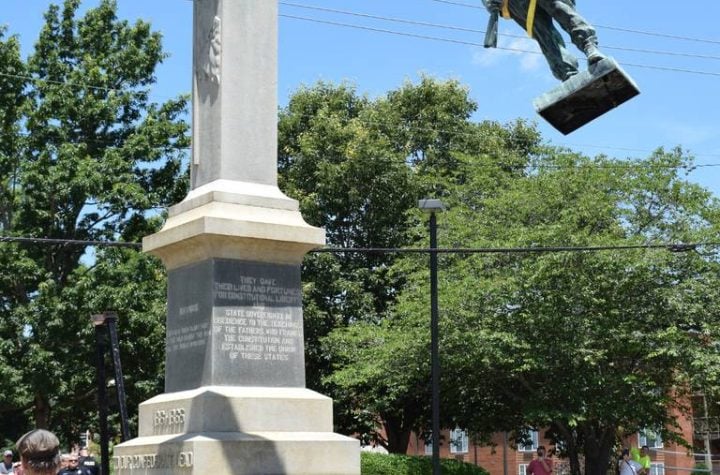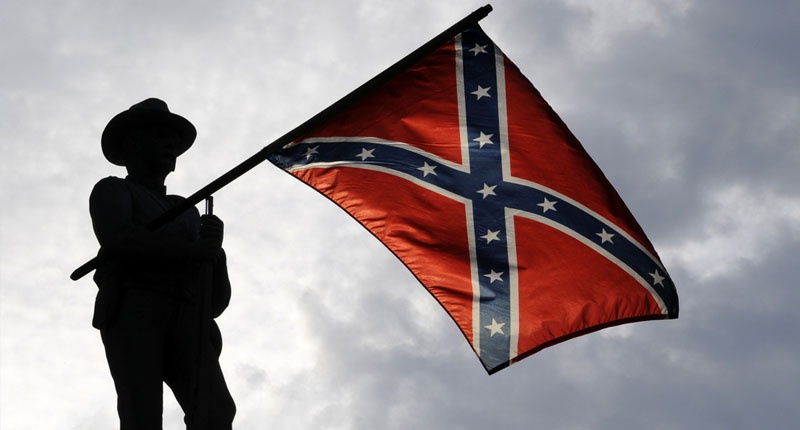Brigadier General John Hunt Morgan was one of the Confederacy’s most colorful and successful cavaliers and raiders. His exploits earned him a reputation for audacity and creativity that took him deep behind federal lines – the farthest north a Confederate force ever penetrated during the Civil War.
Morgan grew up in Kentucky, attended college in Lexington briefly, but left to serve in the the Mexican War under Zachary Taylor. He distinguished himself at the Battle of Buena Vista. After the war Morgan became a very successful businessman and equipped a militia company, “Lexington Rifles,” with his own money.
He joined the Confederate army and quickly moved up the ranks in the cavalry. He fought at Shiloh and then served under General Bragg in Tennessee. Soon he became famous for his swift and daring raids that characterized many Confederate cavalry leaders during the war.
Morgan, “The Thunderbolt of the Confederacy,” made spectacular raids on Union-held territory. Starting in the summer of 1862, he and 900 cavaliers set out on a thousand mile ride through Kentucky. “Morgan’s Raiders,” traveling light and living off the land, wreaked havoc on the Union. They destroyed railroad and telegraph lines, seized horses and massive amounts of supplies, and captured hundreds of Yankee soldiers. By December 1862, these raids had successfully diverted some 20,000 Union troops to secure supply lines and communications networks.
But his most ambitious and dramatic raid occurred a year later after the battles of Vicksburg and Gettysburg. Morgan with 2,400 men, going beyond his authorization, crossed the Ohio and rode hundreds of miles along the river, terrorizing Federals in southern Indiana and Ohio. On their way back to Kentucky, Union troops under General Hobson blocked their passage, and captured Morgan and his raiders.
It was July when Morgan and his officers found themselves prisoners in the Ohio State Penitentiary. But by November the men successfully dug and tunneled their way out of the prison and escaped back to the South to return to the Confederate lines.
Soon Morgan received a new appointment as head of the Department of Southwestern Virginia. As he was making plans for his next attack in September of 1884, Yankees made a surprise attack on his camp. A Union private, who reportedly had once served under Morgan, shot and killed the General.
General John Hunt Morgan, with his colorful and perhaps controversial reputation, is often included among leaders such as John S. Mosby, Jeb Stuart, and Nathan Bedford Forrest as an example of the superior fighting qualities of the Southern cavalryman.
Morgan’s Grave in Lexington Cemetery






Seventh paragraph reads 1984? Shouldn’t that be 1864?